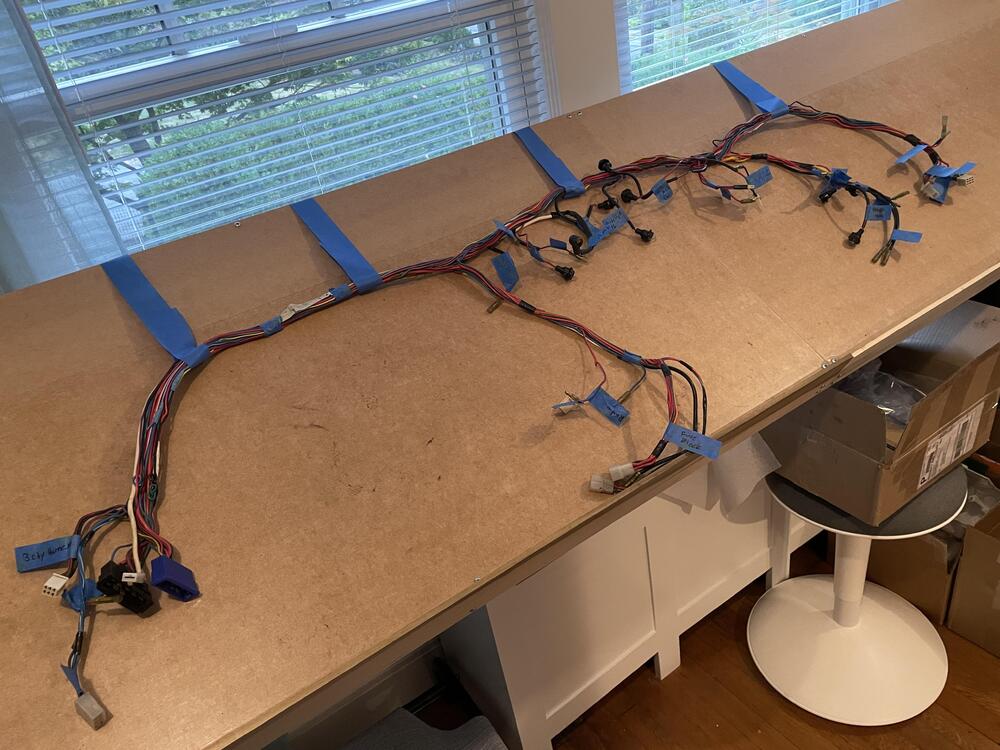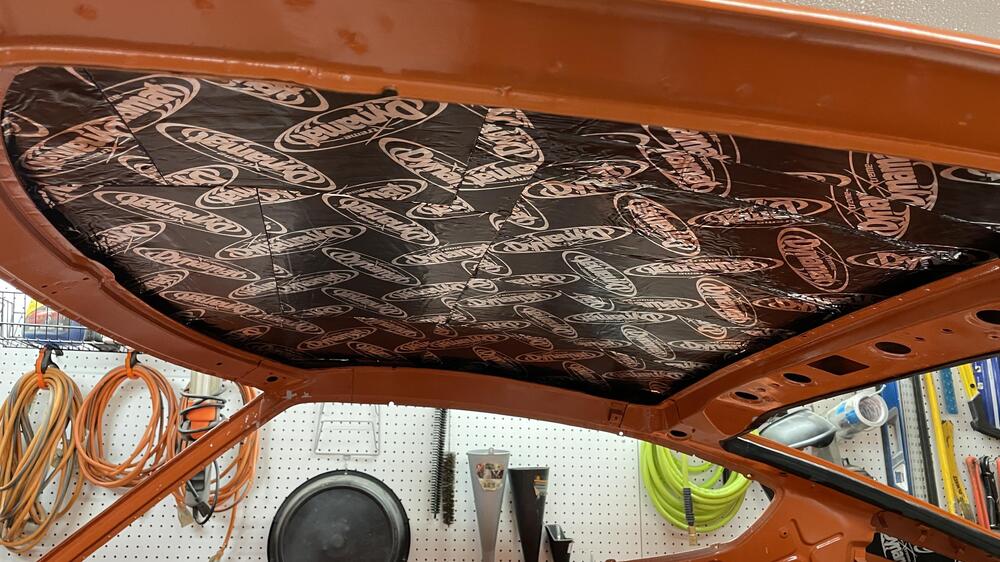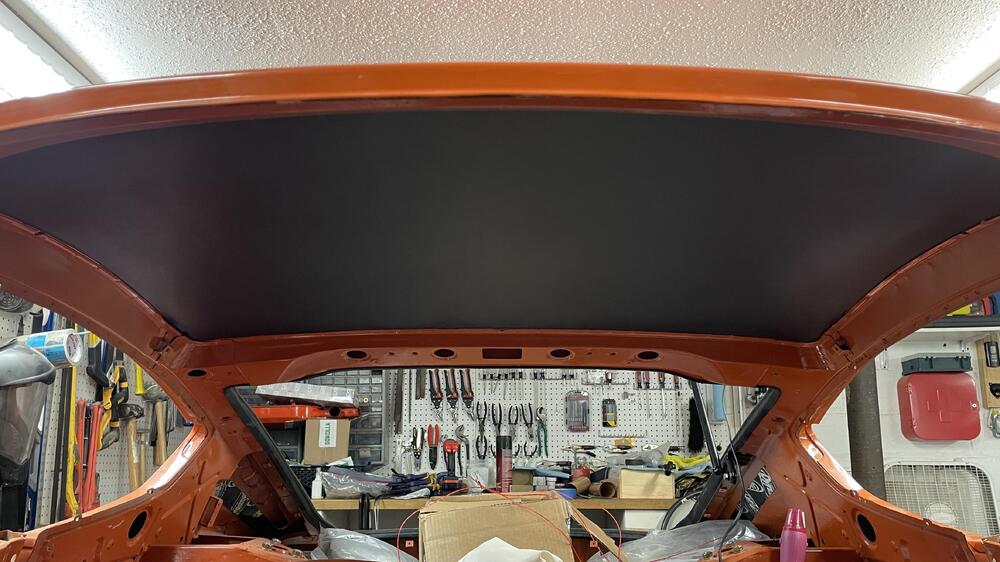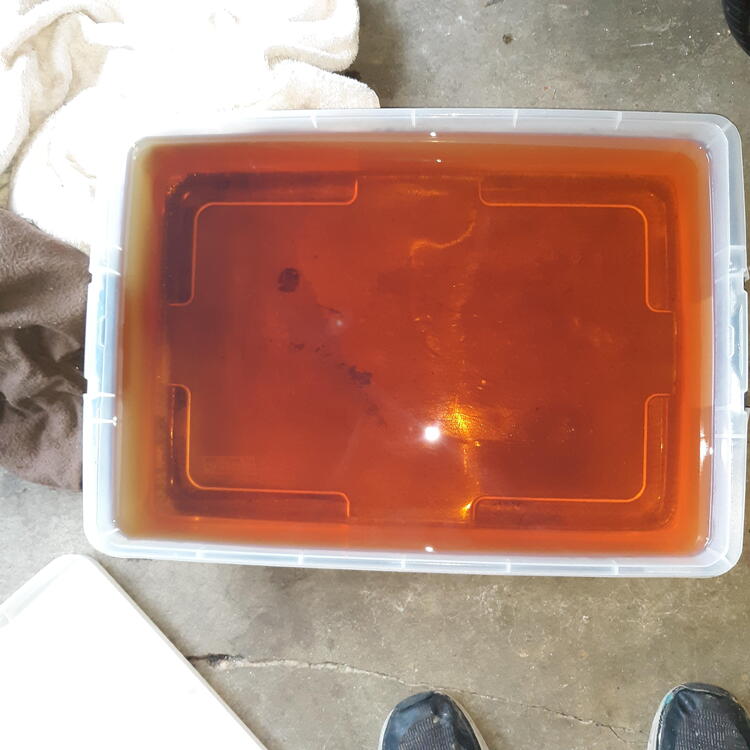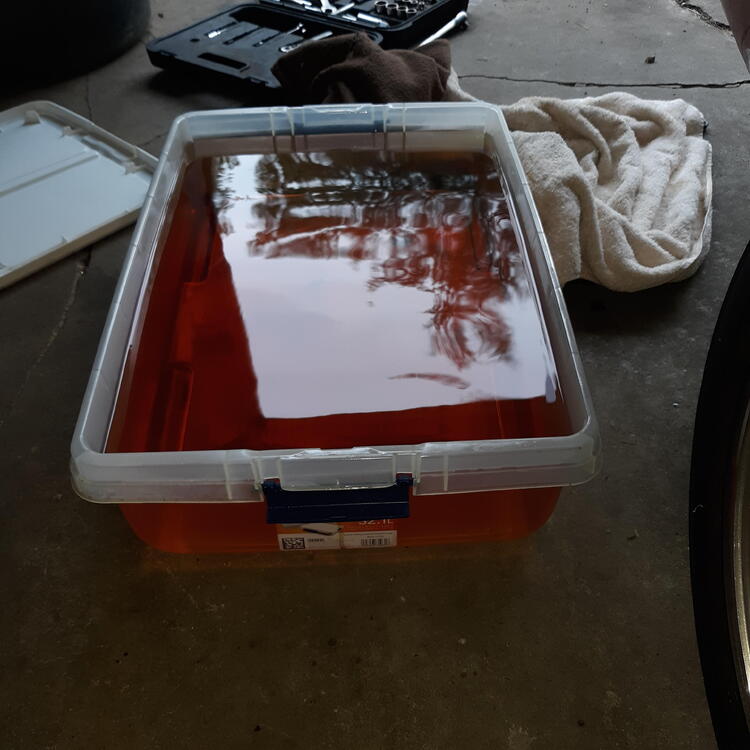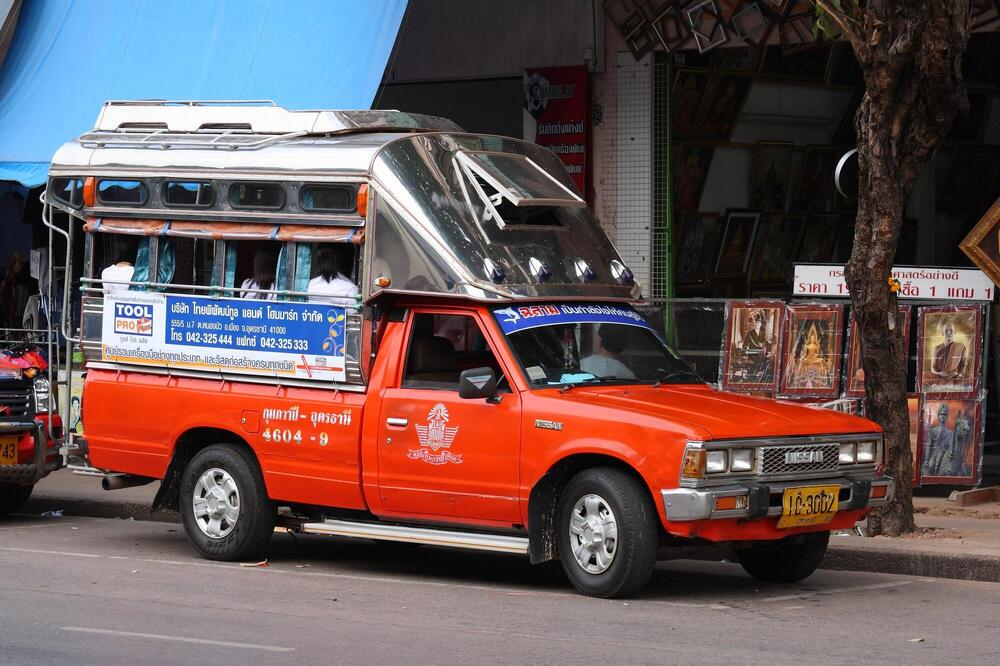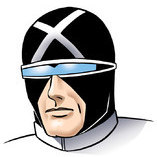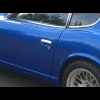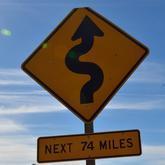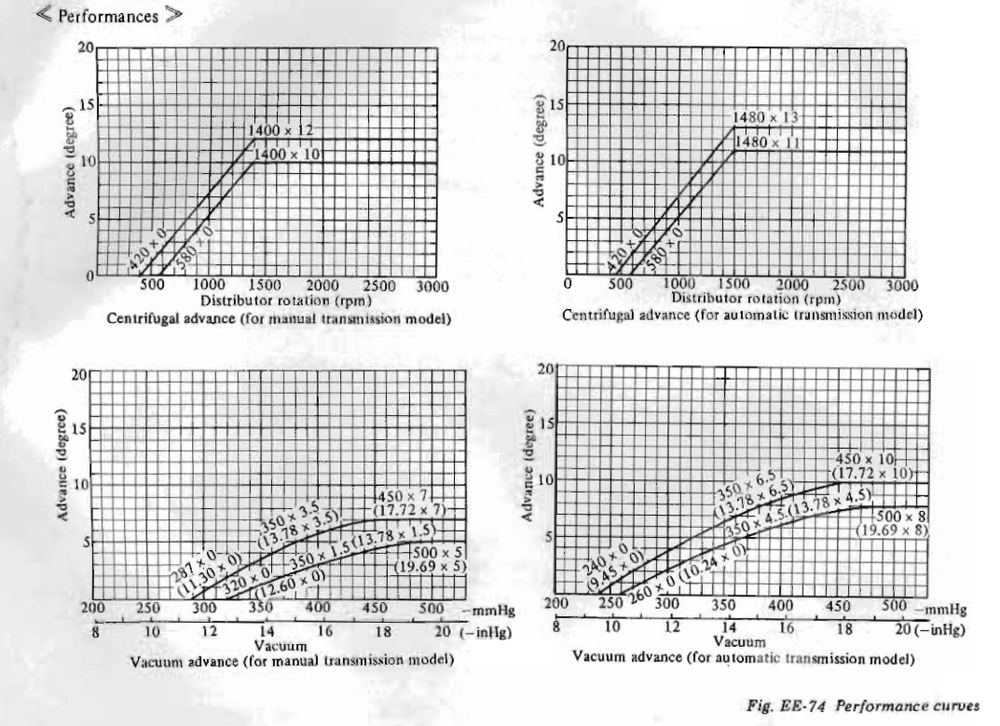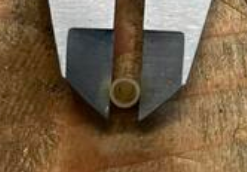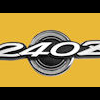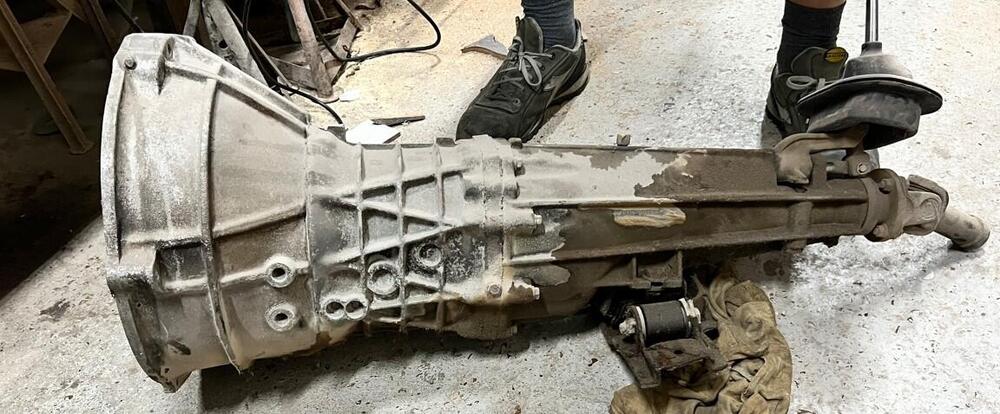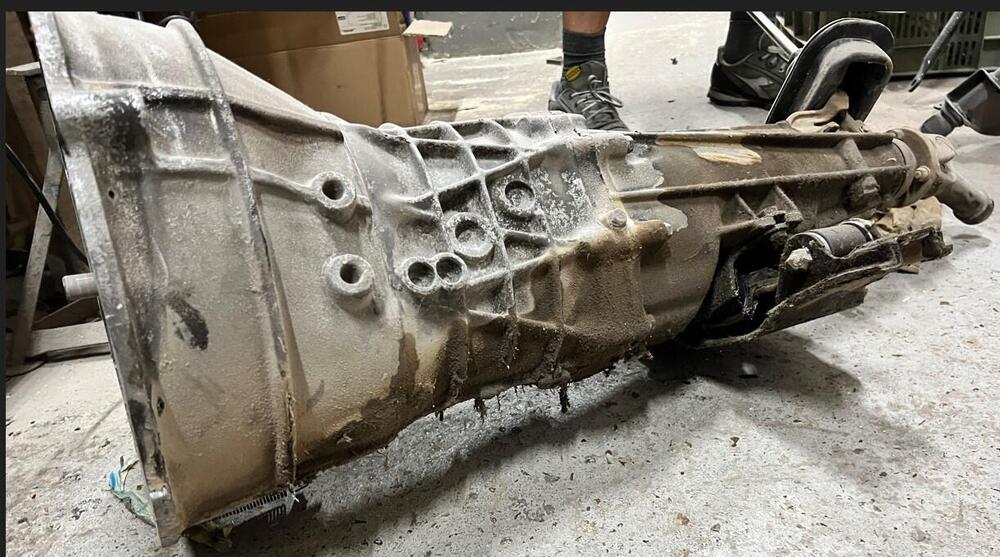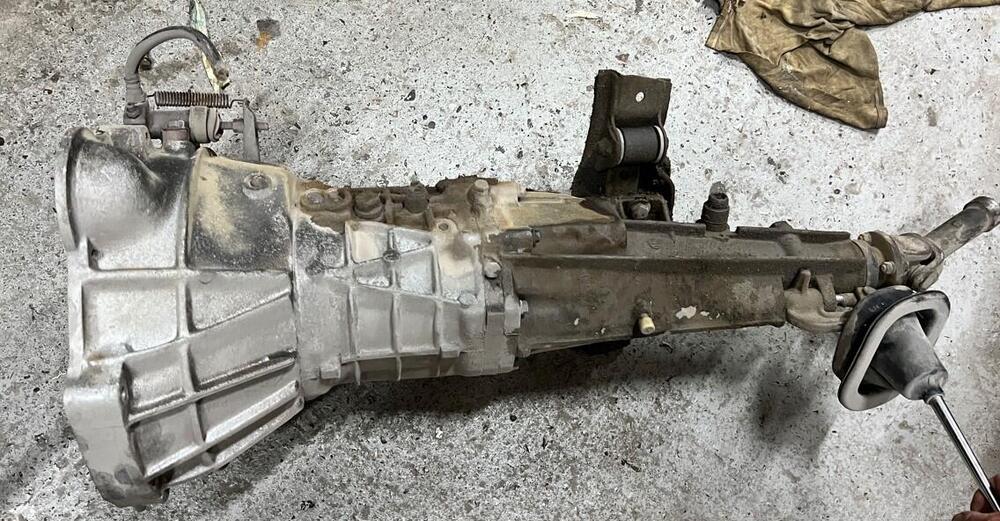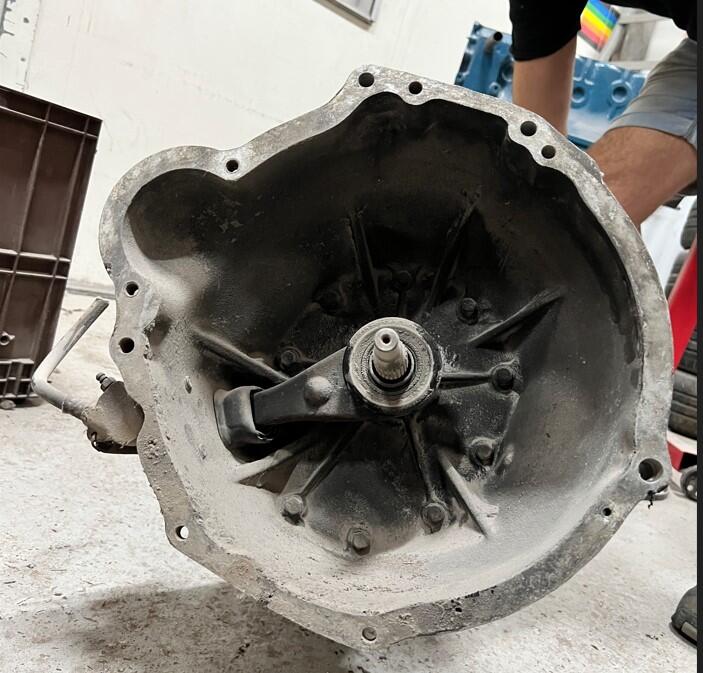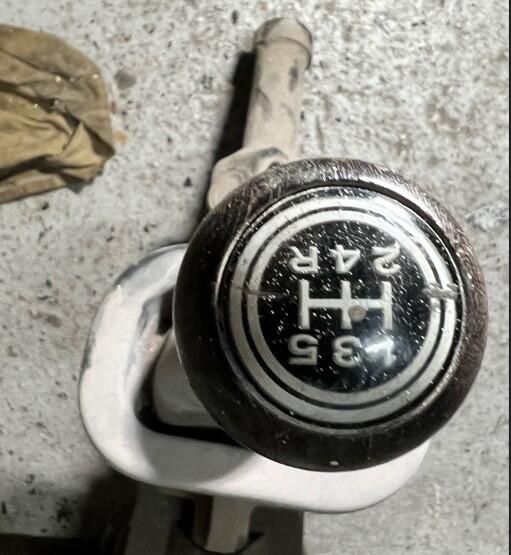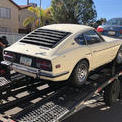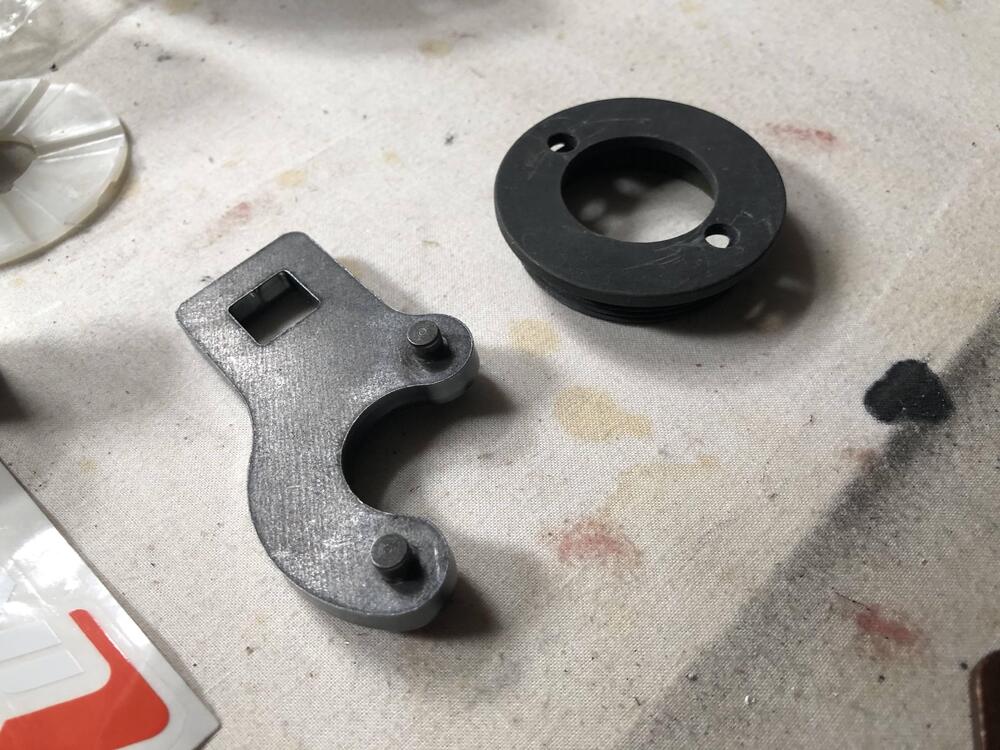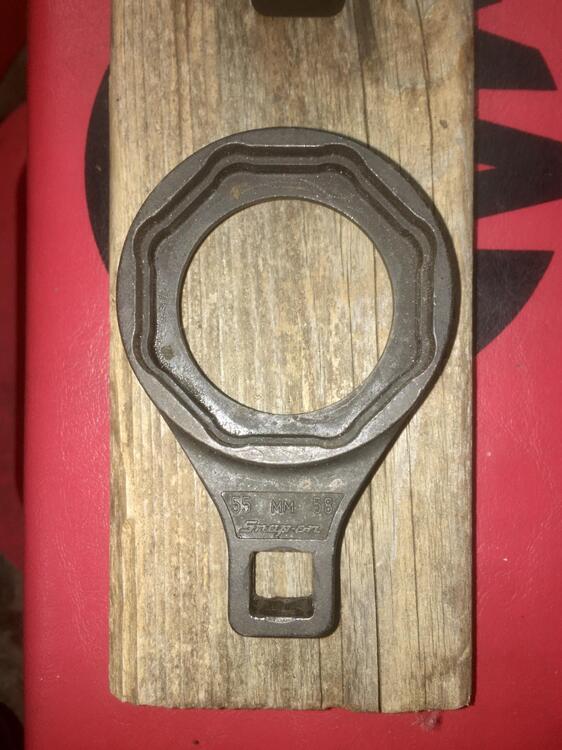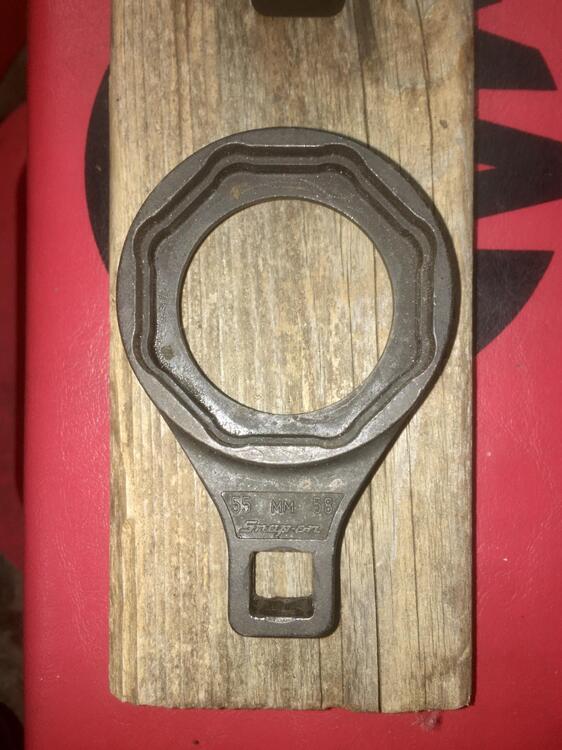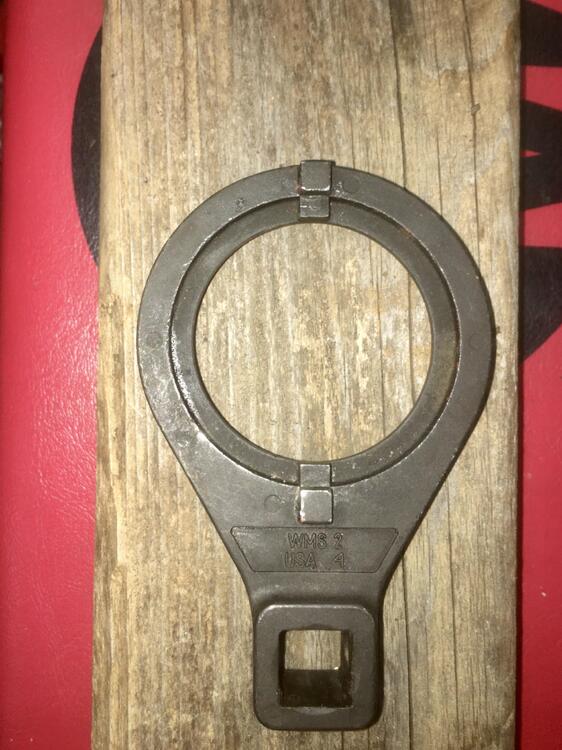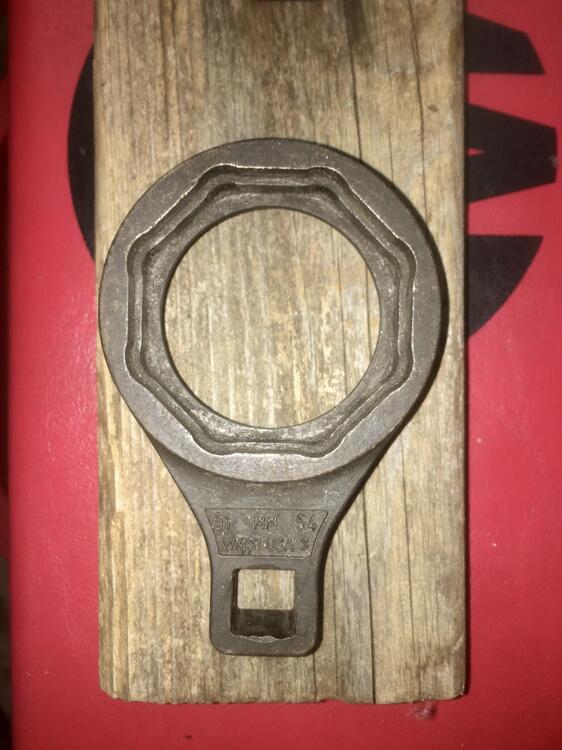Thanks for all your comments and questions...I'm not a brake expert either, not by a long stretch...here's what I'm thinking so far:
@Patcon: while the booster holds pressure until you touch the pedal, as I understand it the vacuum on one side of the diaphragm is what makes them "power" brakes. The atmospheric pressure on the "push" side makes pushing the brakes easier against the vacuum side. But, my booster looses all vacuum the second you even wiggle the brake pedal, so you don't get any assist at all. There's another test, where you pump up the brakes and then turn on the car, adding vacuum (in theory) when you should notice the pedal dips some; mine doesn't. It fails that test, too.
@Captain Obvious: It's pretty tight in there, so I don't know how a tandem booster would fit. I'm assuming the folks at MSA would have mentioned that, though.
@heyitsrama: Thanks for the reference. I'll have time on my side as I'll just keep up the leg workout this fall and take it off when I park it for the long MN winter. So, mailing, etc., is fine. I called a few folks in my area, and they all ship it out, too. The FSM has instructions on how to rebuild it, but I'm not sure the rebuild kits are available to individuals and it doesn't look like an easy job. As for the proportioning valve, I've turned it all the way "up" so that the rear brakes get as much pressure as they can. According to Don, who put the kit together at DP Racing, this is fine as the calipers in the kit for the rear are much smaller, so you don't have to worry about locking up the rear tires. I've never had an issue and the car has some track time. With other kits, or kits where the rear brakes are larger, you have to dial back the brake pressure to the rear to keep things balanced. I put in a call to Don with this question, too, and I'll ask about the master cylinder, too. Even though mine was replaced by the PO, I've had the car 10 years and it might be worth doing even if it doesn't have any leaks. Finally, the "tandem" has two diaphragms inside, so you get more assistance to the power brakes.
As for how the brakes engage, they feel fine and the pedal is rock hard (another sign). It takes a lot of leg pressure to slow the car down, but it does slow down just fine. The pads are relatively new and the discs have very little wear. The car has about 16,000 miles since the restoration, so the hardware should be in good shape otherwise.
I'll keep folks posted when I hear more...ideas are welcome!









